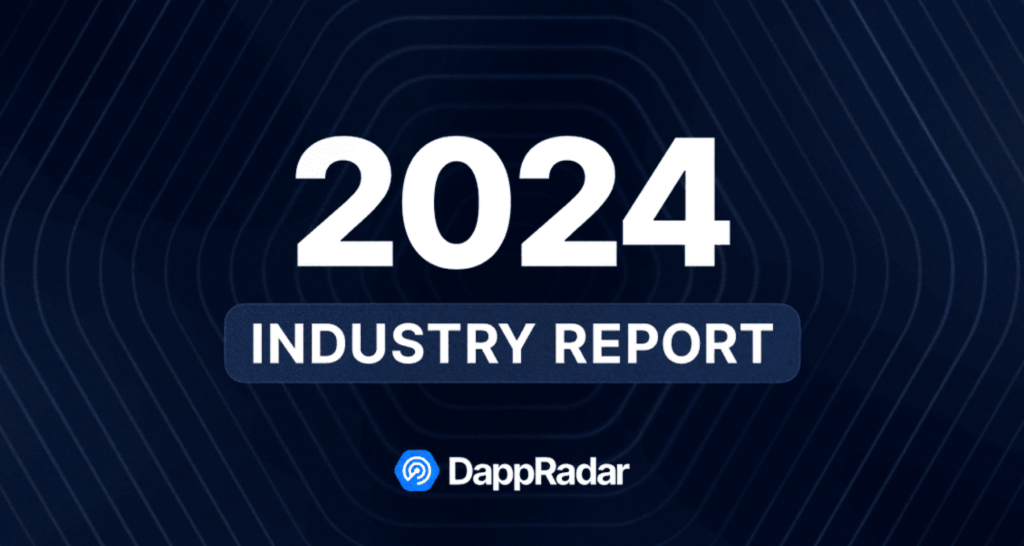Blockchain’s Transformative Potential is Huge

Blockchain can bring billions of dollars in benefits to the financial industry. But action is needed.
On this page
A comprehensive report, “Impact of Distributed Ledger Technology in Global Capital Markets,” has been published by Boston Consulting Group, Cravath, Swaine, Moore LLP, and Clifford, examining the potential of blockchain, also known as distributed ledger technology (DLT), in various finance-related operations. They include the opportunities and risks of DLT, DLT-based securities, and DLT-based payment instruments used in combination with these securities.
To do that, they scrutinize three emerging use cases pertaining to collateral management, tokenization of assets, and sovereign and quasi-sovereign bonds.
Here are some of the takeaways.
- According to the researchers, blockchain could unlock transformative benefits and innovation, worth $20B annually in global clearing and settlement costs and $16T global market for tokenized illiquid assets by 2030, respectively.
- Stakeholders can utilize existing regulatory frameworks to construct DLT-specific risk management strategies. It is crucial to assess the risks across three dimensions and consider the specific characteristics of the use case.
- Resolving legal and regulatory ambiguity holds the potential to create a level playing field that actively promotes safe and sound innovation. It is all the more critical as it would help prevent the unintended consequences of the evolution of a DLT-based capital markets ecosystem compliant with global regulatory perimeters.”
At the same time, the authors note that although the momentum is there, the adoption is far from large-scale.
“DLT-based issuances have been largely experimental, and liquidity in primary and secondary markets remains far below levels of institutional adoption anticipated in the long-term once barriers to adoption are addressed,” they write.
One of the graphs featured in the report shows the impact of blockchain-based securities on workflow efficiency, financials, value creation, and risk mitigation across the securities lifecycle. Blockchain’s impact is high on clearing and settlement, custody, and asset servicing.
On primary markets and secondary trading, the impact is medium.
Impact of DLT-based securities on workflow efficiency, financials, value creation, and risk mitigation across the securities life cycle Source: “Impact of Distributed Ledger Technology in Global Capital Markets”
In order to improve the situation, the authors propose the idea of aligning global regulatory and legal frameworks, specifically customized for the requirements of digital assets. This would facilitate seamless collaboration between different systems and establish a shared understanding of standards and goals for markets based on distributed ledger technology (DLT). The authors also emphasize the importance of directing attention towards specific assets and expanding the scope to cover the complete security lifecycle, among other important considerations.
Previously, GNcrypto reported that the former MIT blockchain cheerleader changed tune.
The content on The Coinomist is for informational purposes only and should not be interpreted as financial advice. While we strive to provide accurate and up-to-date information, we do not guarantee the accuracy, completeness, or reliability of any content. Neither we accept liability for any errors or omissions in the information provided or for any financial losses incurred as a result of relying on this information. Actions based on this content are at your own risk. Always do your own research and consult a professional. See our Terms, Privacy Policy, and Disclaimers for more details.



























